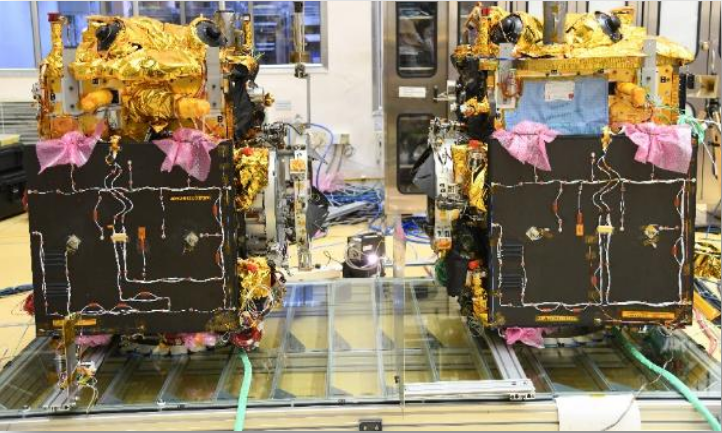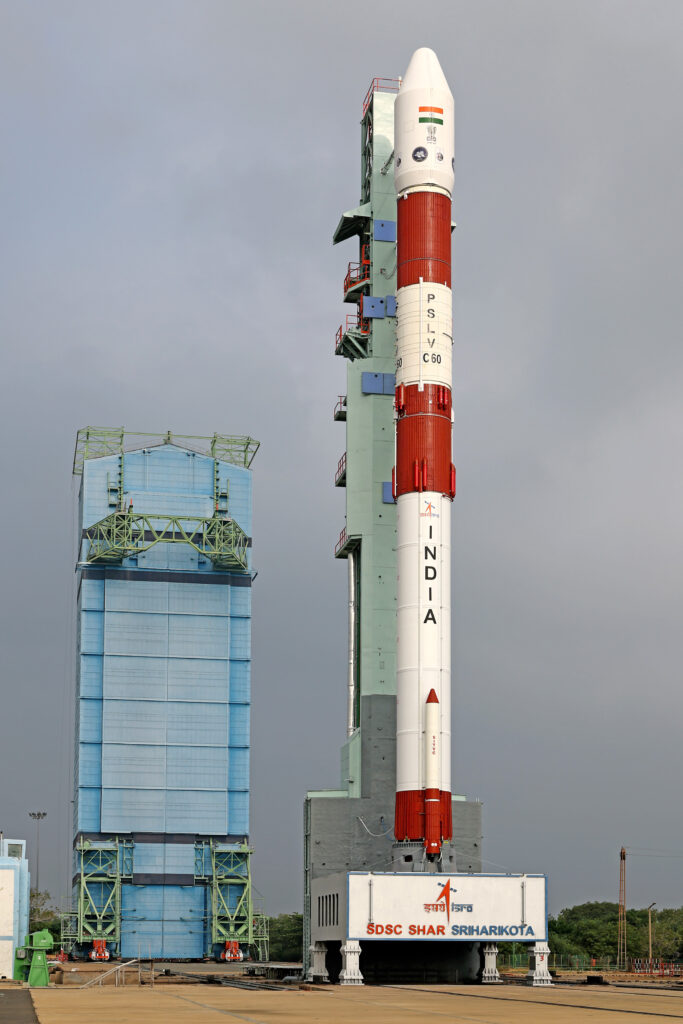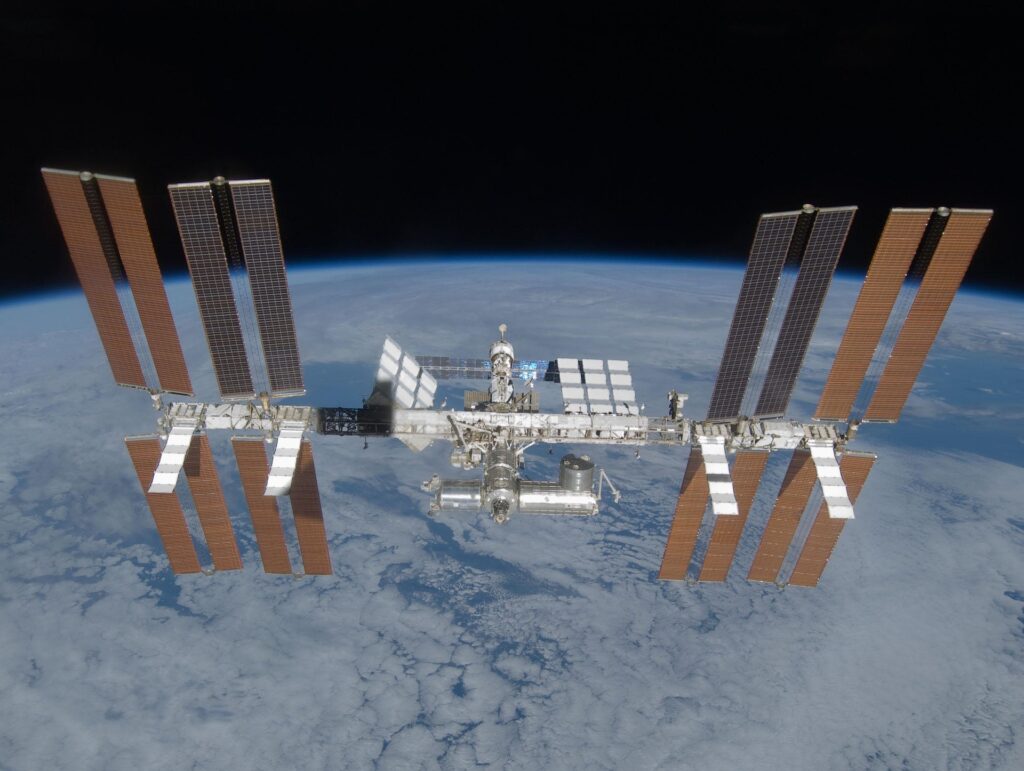India’s space exploration journey, led by the Indian Space Research Organisation (ISRO), has consistently made headlines for its groundbreaking achievements. From the successful Chandrayaan missions to the historic Mangalyaan mission, ISRO has earned global acclaim for its innovative and cost-effective approach to space exploration. The organization is now preparing for its next significant milestone with the SPADEX (Space Docking Experiment) mission.
The SPADEX mission is poised to demonstrate ISRO’s mastery over space docking technology, an essential capability for future space missions and station assembly. This article will explore the details of the SPADEX mission, its objectives, and its implications for the future of India’s space program.
What is Space Docking?

Space docking refers to the process of two spacecraft joining together in space. This complex operation requires precision navigation, robust docking mechanisms, and seamless communication. Docking technology is crucial for assembling large space structures, conducting in-orbit repairs, and executing future interplanetary missions.
For context, space docking is used by global space agencies like NASA, Roscosmos, and the China National Space Administration (CNSA) to construct and maintain facilities such as the International Space Station (ISS) and China’s Tiangong space station. With the SPADEX mission, ISRO aims to join this elite group of nations capable of performing successful space docking.
The SPADEX Mission Overview

ISRO’s SPADEX mission will use its reliable PSLV-C60 rocket to launch two spacecraft into orbit. These spacecraft—designated as SDX-01 (Chaser) and SDX-02 (Target)—will demonstrate the docking process at an altitude of 470 km above Earth. This mission is a crucial step in ISRO’s roadmap to develop advanced space capabilities, including assembling India’s own space station in the future.
Key Objectives of SPADEX
- Demonstrating Space Docking: Successfully achieving docking between two spacecraft in orbit.
- Testing Docking Mechanisms: Verifying the functionality of systems that allow spacecraft to connect and transfer energy.
- Laying the Foundation for Space Stations: Establishing the technological base needed for assembling modular space structures.
Why Space Docking is Important
Mastering space docking technology will unlock a host of possibilities for ISRO’s future missions. Below are some of the key reasons why SPADEX is a critical milestone:

- Space Station Development: Space docking is essential for building and maintaining a space station. India plans to establish its own space station in the coming decades, and SPADEX serves as a crucial precursor.
- Lunar and Martian Missions: Docking technology is pivotal for missions like Chandrayaan-4 and the future Mangalyaan-2, where modular spacecraft may need to connect or transfer samples.
- International Collaboration: The ability to dock spacecraft paves the way for joint missions with other space agencies, fostering international cooperation in space exploration.
- Cost-Effective Missions: ISRO’s hallmark has been its ability to conduct world-class missions at a fraction of the cost of other space programs. Space docking enhances the reusability and scalability of spacecraft, further driving down costs.
How SPADEX Works
The SPADEX mission will involve the docking of two spacecraft, each weighing around 220 kg. These spacecraft are specially designed to demonstrate space docking in a controlled environment.
The Two Spacecraft in SPADEX
- SDX-01 (Chaser): This spacecraft is equipped with navigation and control systems to locate and approach the Target spacecraft with high precision.
- SDX-02 (Target): The stationary Target spacecraft will serve as the docking partner for the Chaser.
Phases of the SPADEX Mission
- Launch and Deployment: The PSLV-C60 rocket will carry both spacecraft into orbit at a height of 470 km above Earth.
- Separation: After reaching orbit, the two spacecraft will separate and maintain an initial distance of 10-20 km.
- Rendezvous: The Chaser spacecraft will begin its approach, gradually closing the distance to the Target spacecraft.
- Docking: Once aligned, the two spacecraft will dock using specially designed mechanisms.
- Post-Docking Operations: The spacecraft will undergo tests to verify energy transfer and joint system functionality before separating and continuing independent operations.
Challenges of Space Docking
Space docking is a sophisticated process that comes with significant challenges, including:
- Precision Navigation: The Chaser spacecraft must approach the Target with extreme accuracy to avoid collision.
- Mechanical Reliability: Docking mechanisms must function flawlessly in microgravity and the vacuum of space.
- Communication Systems: Continuous communication between the spacecraft and ground control is essential for coordinating the docking process.
- Energy Transfer: Post-docking, the spacecraft must successfully transfer energy and operate as a single unit during the mission.
The Significance of SPADEX
The SPADEX mission is not just a demonstration of space docking but also a stepping stone toward ISRO’s ambitious goals. Here’s how SPADEX contributes to India’s space future:
Building India’s Space Station
ISRO has announced plans to develop an Indian Space Station (ISS) by the 2030s. The SPADEX mission lays the technological foundation for assembling modular components in orbit—a capability critical for constructing and maintaining a space station.
Advancing Scientific Research
A successful SPADEX mission will enable ISRO to conduct more complex missions, such as sample-return missions and interplanetary exploration. These missions will advance scientific research and bolster India’s global reputation in space science.
Strengthening Global Partnerships
By mastering space docking, India can collaborate more effectively with international space agencies. This will open avenues for joint missions, sharing technology, and pooling resources for larger goals.
India’s Roadmap in Space Exploration
The SPADEX mission is part of ISRO’s broader vision for space exploration. Other upcoming missions include:
- Chandrayaan-4: A mission aimed at returning lunar samples to Earth.
- Gaganyaan: India’s first human spaceflight program, expected to send astronauts into space in the near future.
- Aditya-L1: A solar observation mission to study the Sun’s corona and other phenomena.
- Mangalyaan-2: A follow-up to India’s successful Mars Orbiter Mission (Mangalyaan), focusing on advanced interplanetary research.
- Venus Mission: A planned mission to study Venus’s atmosphere and surface conditions.
Conclusion: SPADEX as a Game-Changer
The SPADEX mission represents a giant leap forward for India’s space program. By mastering space docking technology, ISRO is not only enhancing its technical capabilities but also setting the stage for ambitious projects like space station assembly, lunar exploration, and interplanetary missions.
As SPADEX prepares to demonstrate India’s prowess in space docking, it underscores ISRO’s commitment to innovation and cost-efficiency. This mission is a testament to India’s potential to lead in space exploration, inspiring a new generation of scientists and engineers.
With SPADEX, ISRO is cementing its position among the global leaders in space exploration, charting a course for a bright and ambitious future.



**mindvault**
mindvault is a premium cognitive support formula created for adults 45+. It’s thoughtfully designed to help maintain clear thinking
**breathe**
breathe is a plant-powered tincture crafted to promote lung performance and enhance your breathing quality.